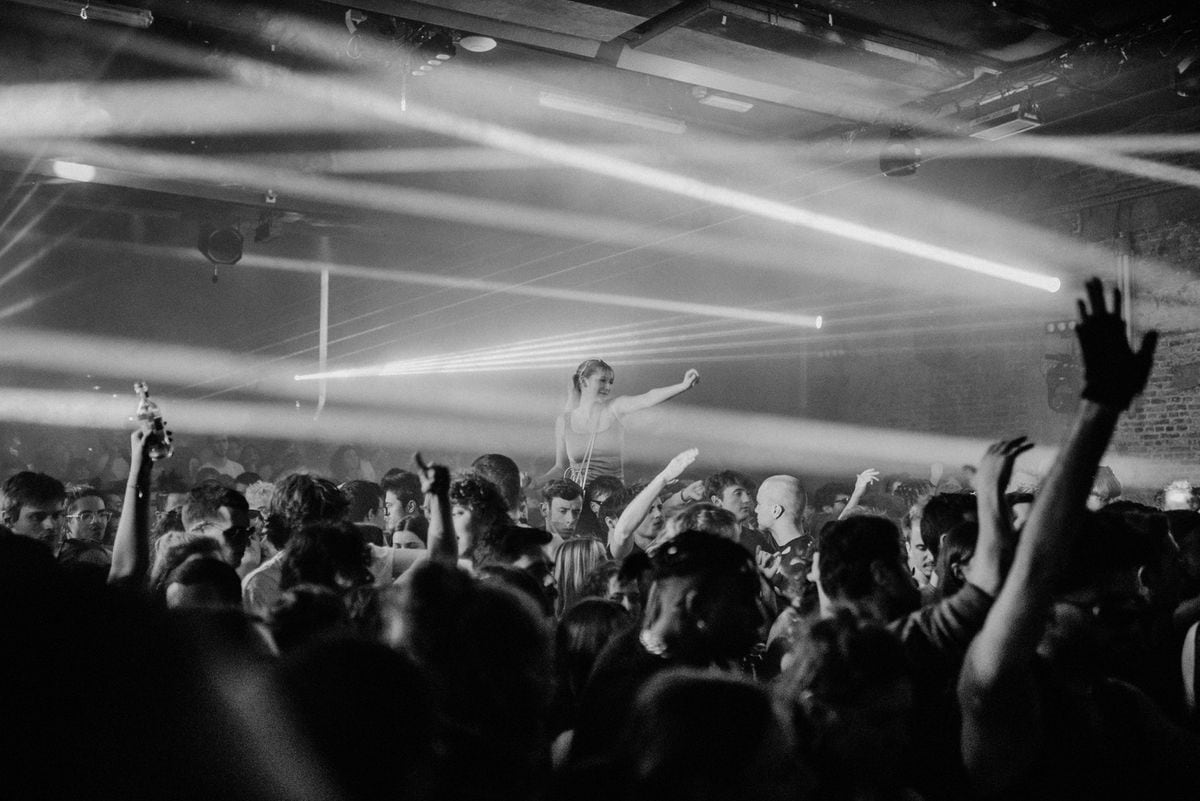In January, international public opinion turned to Brussels. Some were doing it because of the Qatargate bribery scandal; another, due to the imminent disappearance of a nocturnal jewel. Club Fuse, one of the oldest electronic music clubs in Europe, announced its possible closure after noise complaints from a neighbor. His case is one of the hundreds of historic clubs doomed to extinction in recent decades.
Electronics is no longer a niche that survives in the arcades of the underground. It is the most popular music at UK festivals, according to the Night Time Industries Association (NTIA). However, about 30% of the clubs have closed in that country since the pandemic. In Germany it has been called clubdying -literally, the death of the club- to the phenomenon that began in the two thousand and is increasingly evident according to the Berlin association Clubcommission. This organization, whose goal is to protect the cultural value of the city’s nightlife, has documented the disappearance of more than 80 clubs in Berlin in the last six decades.
Finlay Johnson, a member of the Association for Electronic Music, which brings together professionals in the sector, explains over the phone that the eradication of venues is due to a “perfect storm” of factors. From big real estate investors evicting clubs from their old locations — which is why global techno and Berlin icon Tresor changed locations in 2007 — to unaffordable rentals in city centers — as was the case with Farbfernseher in Berlin—, going through license restrictions or noise complaints resulting from gentrification.
The place that Club Fuse occupies today is part of the history of Brussels: first it was a cinema; later, Disco Rojo, a Spanish nightclub that hosted artists like Julio Iglesias, and for 17 years it has been one of the most recognized electronic centers on the continent. However, after a complaint from a neighbor who bought his house when Club Fuse was already operating, and despite the 66,000 signatures collected to stop its closure, the label is forced to reduce opening hours and leave its iconic establishment in a period two years old
The other great threat that hangs over electronics is its reification. Jóri Anita, essay co-author The new era of electronic dance music and club culture, it emphasizes the arrival on the scene of people whose sole purpose is economic. “In Berlin there is a big question mark: do we jump on the bandwagon of generalizing or commodifying the scene, or do we try to protect it and return it to the communities that benefit from it culturally and identity wise?” Jóri says. Along the same lines, Mike Kill, general director of NTIA, pointed out in February in an article in Time Out titled ‘Why is London going to sleep so soon?’ that we are witnessing a cultural vacuum in the city, in which only mass-attraction establishments survive: “Businesses are swallowing up independent venues and we are losing the identity of British club culture.”
Those who seek to enhance the artistic and social value of this musical genre want its authenticity, its potential for experimentation to be recognized, and they refer to its origins in marginalized, black, Latino and gay communities. Although the westernization and commodification of club culture began in the mid-nineties, in recent years there has been a certain awakening about the origins queer and African Americans of this genre who came to Europe from Detroit and Chicago.
The movement to keep the flame of the club alive has borne certain fruits. In 2021, the city of Berlin granted certain clubs the status of “cultural institutions”, equating them with museums and providing them with tax exemptions and protection against possible displacement. Now the Rave The Planet association, behind the largest parade of techno of Germany, has initiated a process for Unesco to recognize electronics as intangible cultural heritage. In cases like Club Fuse, it would mean that its cultural value, in which many people participate, is taken into account against the acoustic protection of an individual.
However, there are those who are skeptical of this way of protecting a genre so closely linked to the subculture. For the anthropologist and music critic Bianca Ludewig, “cultural heritage is a lot like gentrification, it is part of the new liberal regime: who decides what is culture and what is worth preserving?” The question, she points out, is what is protected: “The fertile ground for any type of music is not the big festivals, but the small venues, where people can meet, play their set and experiment.”
Subscribe to continue reading
Read without limits


